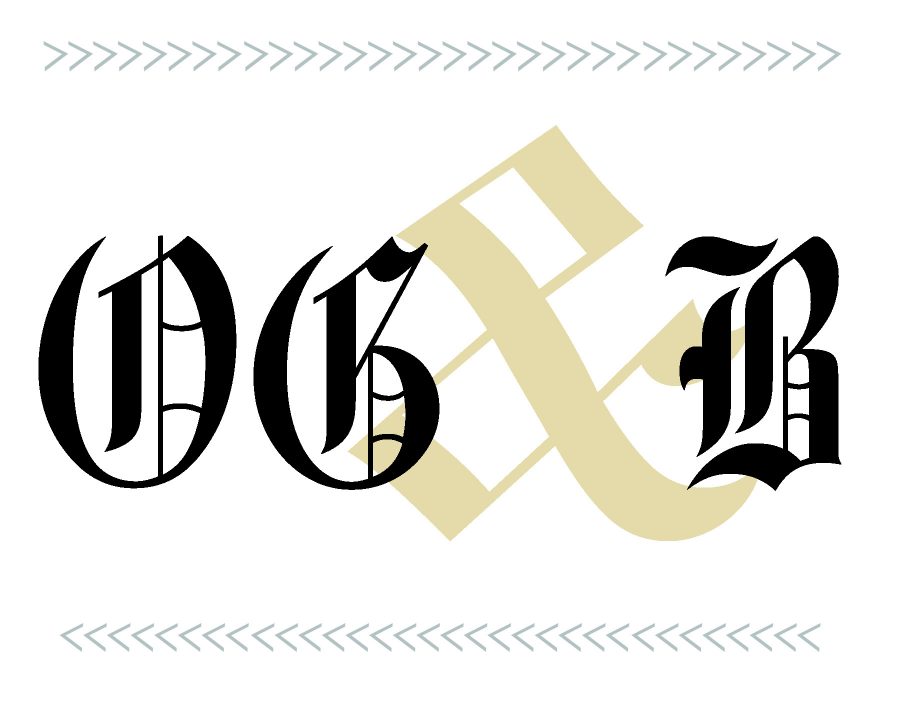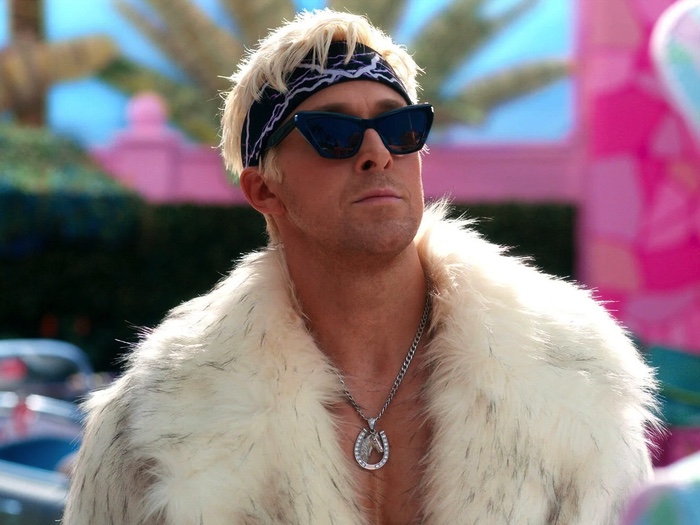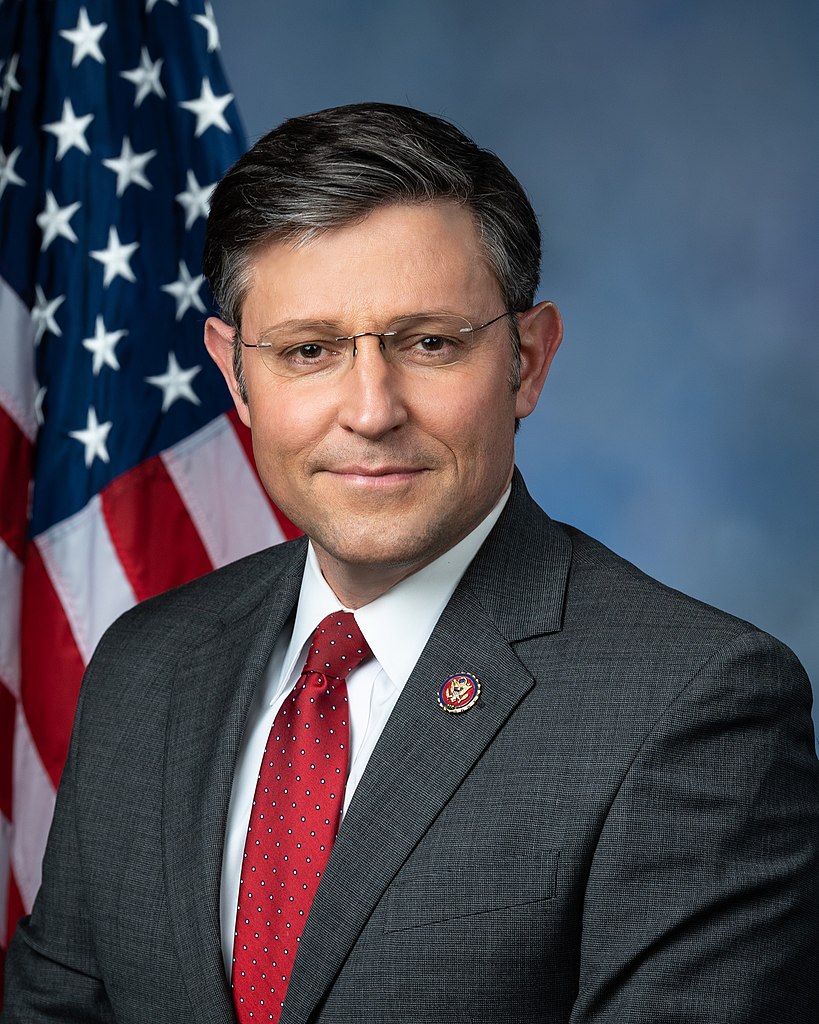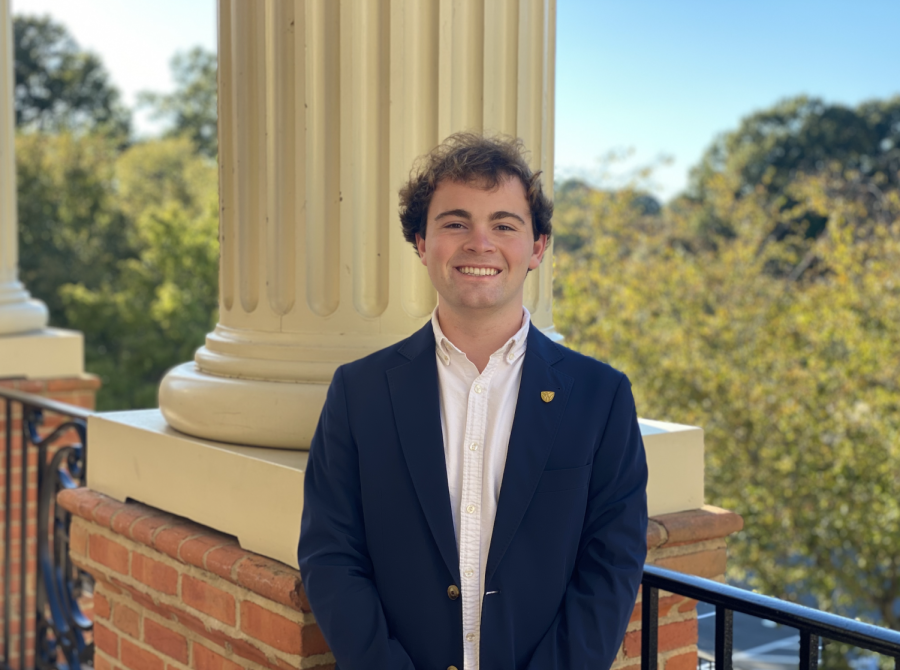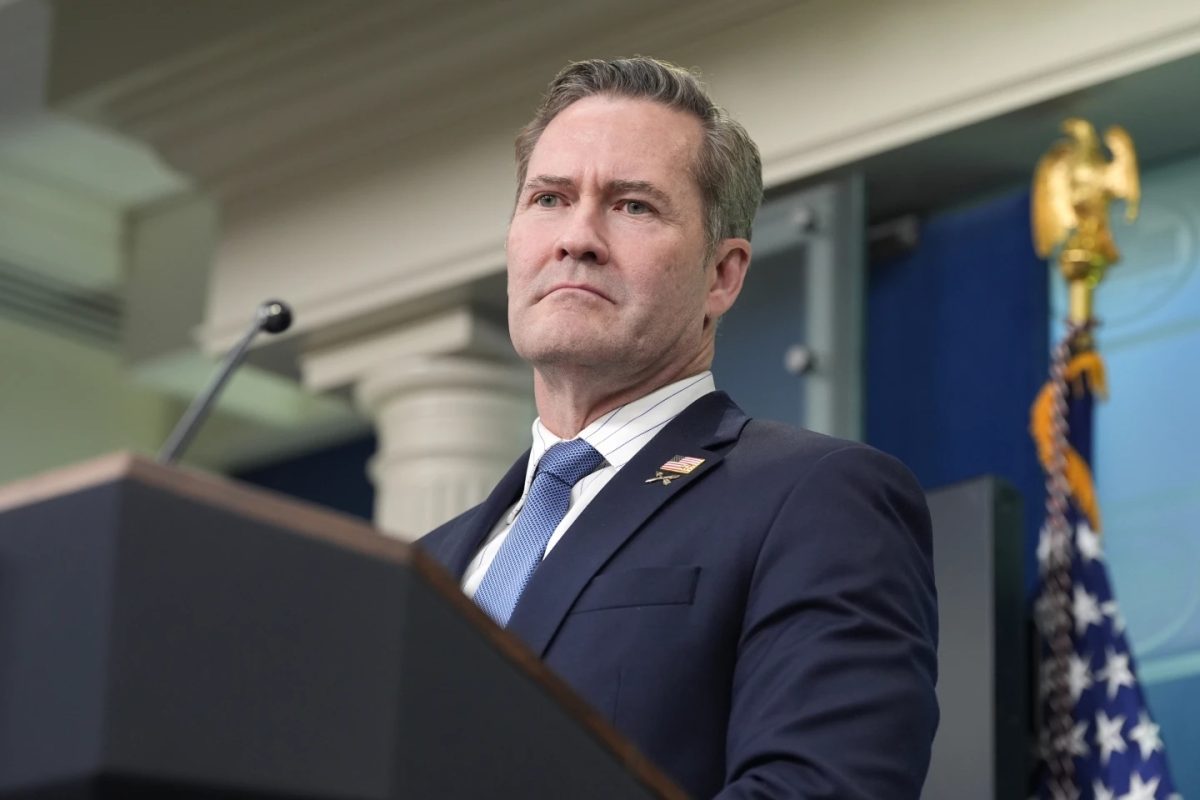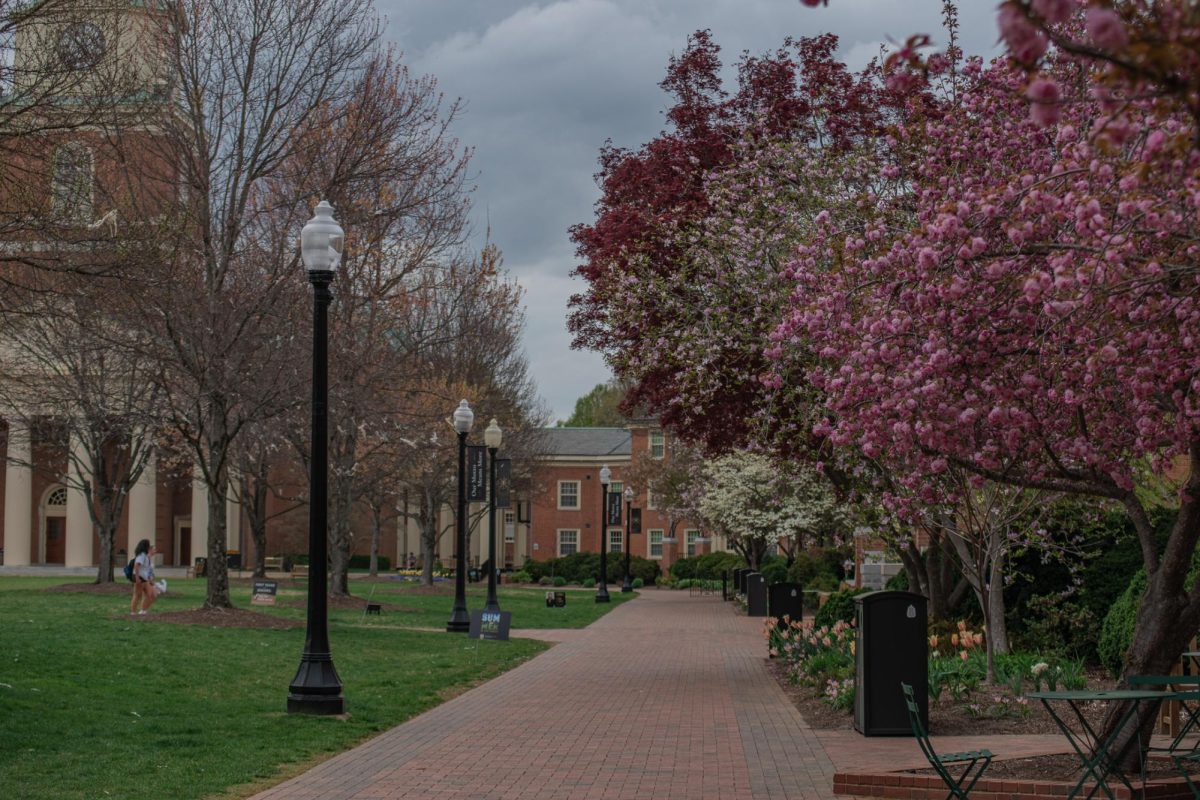Street photography is a valuable means of engaging with, analyzing and closely examining one’s surrounding environment. It is itself an intimate and nebulous medium; street photography retains aspects of voyeurism, and oftentimes renders its subjects powerless in shaping how they are perceived. Nonetheless, it seems to be the medium most equipped to capture the quotidian — the multitudinous experiences of day-to-day life aggregated within our bustling city streets.
The ethicality of street photography is perhaps ambiguous — capturing images of unsuspecting passers-by as they go about their lives might be considered a problematic invasion of privacy. In a legal sense, photographing individuals in public spaces is perfectly legal: according the attorney Bert P. Krages III, author of the widely propagated document The Photographer’s Rights, “The general rule in the United States is that anyone may take photographs of whatever they want when they are in a public place or places where they have permission to take photographs.” As such, in accordance with American legislation, photographing people in public spaces is an acceptable practice. However, the American government is not known for governing in adherence with widely accepted moral principles. What, then, absolves street photography from its perceived invasiveness?
Photography, as an art form, is inherently situated in politics. It bears witness to oppression, economics, gender, race, sexuality and hegemony. Thus are our behaviors in public; what we do on the street is as inherently political as art itself. Where we find ourselves within the built environment is a manifestation of our privilege and our oppression; effectually, our location reflects the political and economic factors that modulate and mediate the society we live in. Art is charged with recording the various expressions of life; the experiences of oppression and disenfranchisement, the collective tragedy, the collective guilt and ultimately the results of the interfaces between politics and life.
When art, and specifically photography, and more specifically street photography, is located within its full political context, the social obligation to be photographed becomes evident. The world deserves to know how you live, and it is ultimately benefited by this vulnerability. Such was the cultural impact of Robert Frank’s seminal book The Americans. Frank’s book of street photography proved to be a pivotal moment in the discourse surrounding the American political and economic identity. Frank’s candidly voyueristic images of Americans in their various states of euphoria and despair, primarily captured in public spaces, reflected the reality of the American dream and its underlying ideological pathos. It changed how Americans conceptualized themselves within the context of the American Dream. Frank’s passersby unwittingly, and solely through their expressions of their public selves, changed how Americans perceived American-ness. Such is the obligation of art, and such is the obligation of public citizens to have their public actions and behaviors celebrated and mourned. As each individual is inherently a political being, and capturing the behaviors of political beings is inherently a political act, street photography becomes a means by which an artist takes stock of the human condition. It expresses how politics and economics impact the daily “goings-about” of our social peers. It expresses the conditions we live in and the adversities we face. The experience of public life must be captured, for posterity and for progress; it reminds as that things aren’t as they should be and informs how we affect change.
When I make a photograph of a person on the street, I may do so instinctively, given the aesthetic pleasure of the surrounding environment and the convenient candidness of the subject. However, by being photographed, the unwitting subject communicates the exact ways in which economy and politics have manifested for them. It shows how others live and behave in our shared society, and this quality of street photography is of the utmost importance. We must never forget how important it is to observe the lives of others, first as a means of exercising sympathy, and furthermore as a means of affecting change



